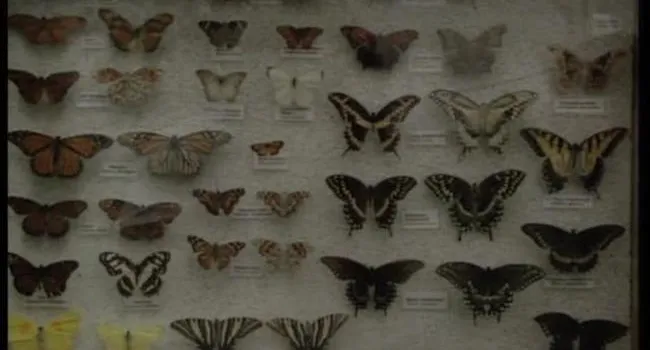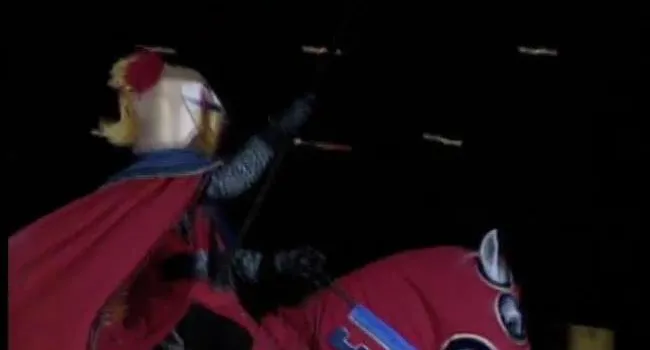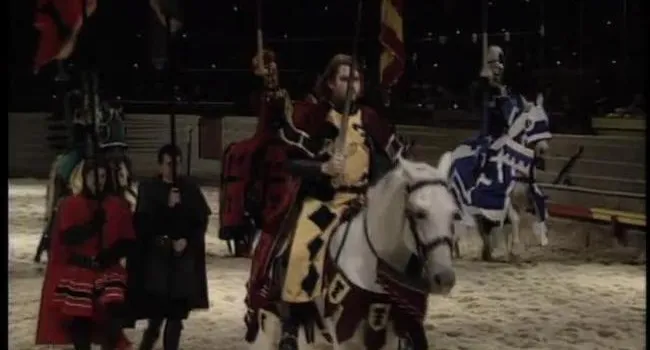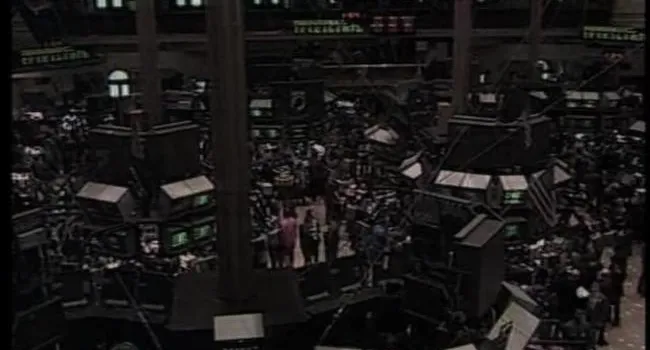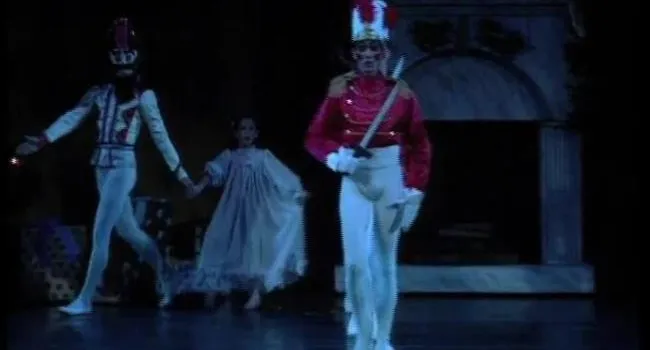A race around the world . . . in a boat 40 to 60 feet in length . . . ALONE. This event, which began in 1982, occurs every four years and starts in Charleston, South Carolina. The course consists of four legs -- three land stops in South Africa, New Zealand, and Uruguay, and finally back to Charleston. The winner of the 27,000-mile race is determined by the total amount of time it takes for skippers to complete each of the four legs.
The skippers each have a support crew on land that travels around the world to meet them at each of the land stops. The crew repairs the broken parts of the boat when it comes into port. It takes four years to prepare the boat for the race, during which time preparations to the equipment are made and company sponsorships are obtained.
Neal Peterson invites viewers aboard his boat, No Barriers. Neal explains that math and physics are very important in sailing and navigating the boat. He also explains the parts of the boat that are integral to sailing. The shroud bends the mast backwards through the block-and-tackle system. A spinnaker is a large colorful sail that is used to move the boat in downwind conditions. Navigation helps the skipper locate by latitude and longitude, using a chart and a compass as well as GPS. Neal also shows students how to cook, generate power, and live on the boat while it is moving.
Resources
You need to be logged in to listen to view this content. Create an account now; it's quick, easy, and free!
Log In to View


